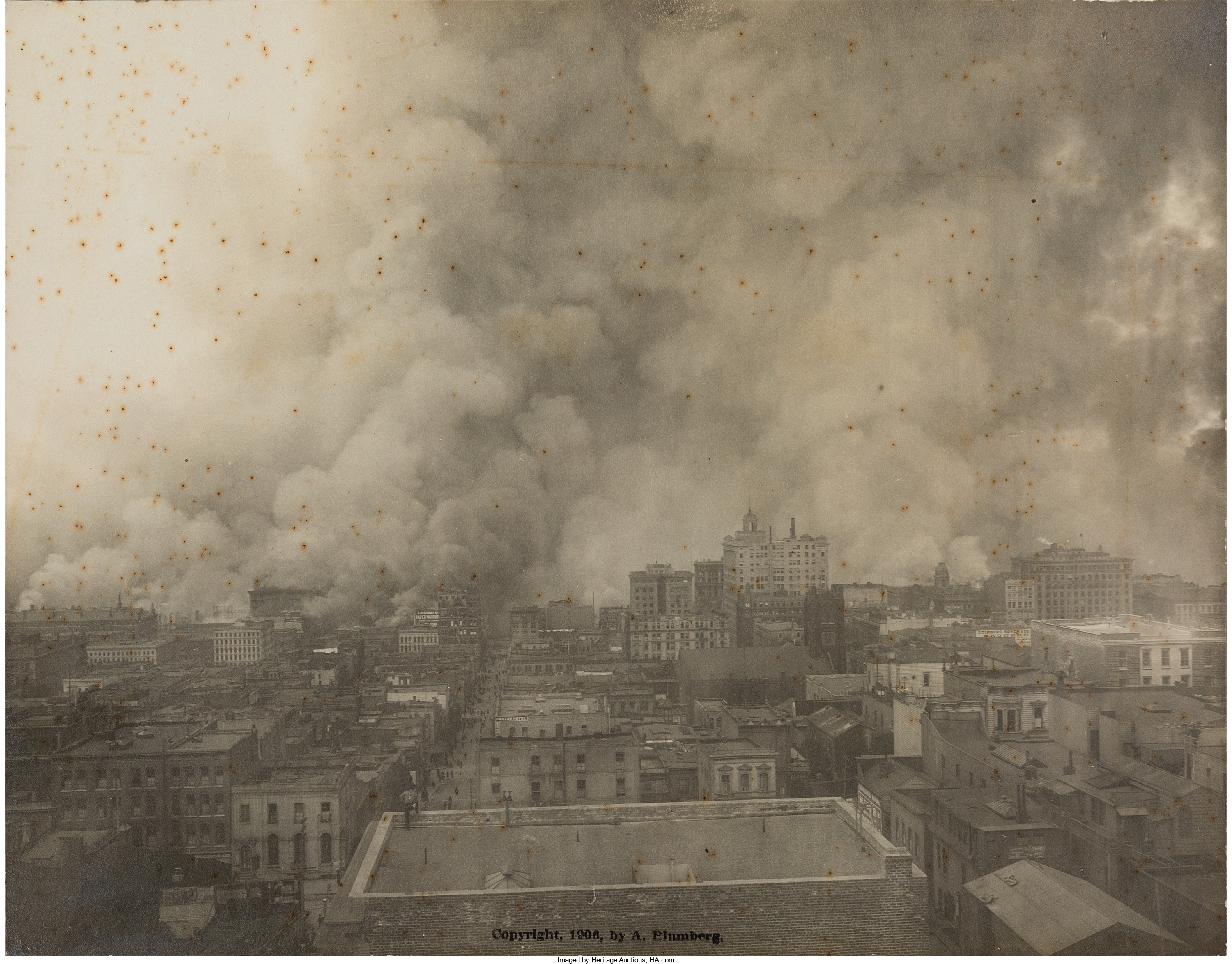
By Jim O’Neal
One hundred and 10 years ago this week – on April 18, 1906, at approximately 5:12 a.m. – world-renown tenor Enrico Caruso was jolted in his bed at the Palace Hotel in San Francisco. He and the Metropolitan Opera were in the city performing Carmen when an earthquake with an estimated magnitude of 7.8 struck the coast of Northern California. (The Richter scale would not be developed for another 30 years.)
While Caruso safely avoided the resulting fire and general devastation, it is estimated that up to 3,000 people died. Precise numbers are not available since Chinese residents were not tallied in the dead or injured totals. Caruso was so shaken he vowed he would never visit the city again, a pledge he kept until he died in 1921.
San Francisco was hit by a number of inter-related issues, including ruptured gas mains that fueled numerous blazes, wooden houses susceptible to fire, a major break in the city’s main water line, and the ill-advised use of dynamite to create a “fire break” that failed … badly.
Another issue was that much of the surrounding area had been built on landfill and the earthquake produced a phenomenon known as “soil liquefaction” that destroyed building foundations. But clearly, most of the damage was due to the lethal combination of wooden structures, gas-fueled fires and a shortage of water.
On the positive side, the acting officer at the Presidio, General Frederick Funston, called Mayor Eugene Schmitz and offered him federal troops to help police the city. Troops on Angel Island started patrolling the streets to prevent looting, riots and other unsafe acts. They even stopped a cattle stampede and plastered these posters on every street:
PROCLAMATION
By The Mayor
The Federal Troops, the members of the Regular Police Force and all Special Police Officers have been authorized by me to kill any and all persons found engaged in Looting or in the Commission of Any Other Crime.
E.E. SCHMITZ, MAYOR
April 18, 1906
The Post Office was only slightly damaged and there is still pride that workers there resumed mail deliveries the next day!
President Theodore Roosevelt was also quick to act and in a matter of days all military tents east of the Rockies were on trains headed west for temporary housing for citizens left homeless. It’s estimated that up to 300,000 people were displaced by the earthquake and subsequent fires, and some were still living in tents two years later.
At the time, San Francisco was the seventh-largest city in the U.S., with a population of 410,000, and the biggest on the West Coast, with a busy port that was the “Gateway to the Pacific.” However, over time, trade got diverted to Los Angeles, and Southern California became the center of economic development.
Another “big one” is overdue, but where it will occur on the 810-mile San Andreas Fault is only a guess.
 Intelligent Collector blogger JIM O’NEAL is an avid collector and history buff. He is President and CEO of Frito-Lay International [retired] and earlier served as Chairman and CEO of PepsiCo Restaurants International [KFC Pizza Hut and Taco Bell].
Intelligent Collector blogger JIM O’NEAL is an avid collector and history buff. He is President and CEO of Frito-Lay International [retired] and earlier served as Chairman and CEO of PepsiCo Restaurants International [KFC Pizza Hut and Taco Bell].
